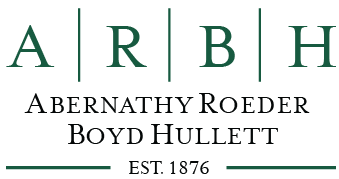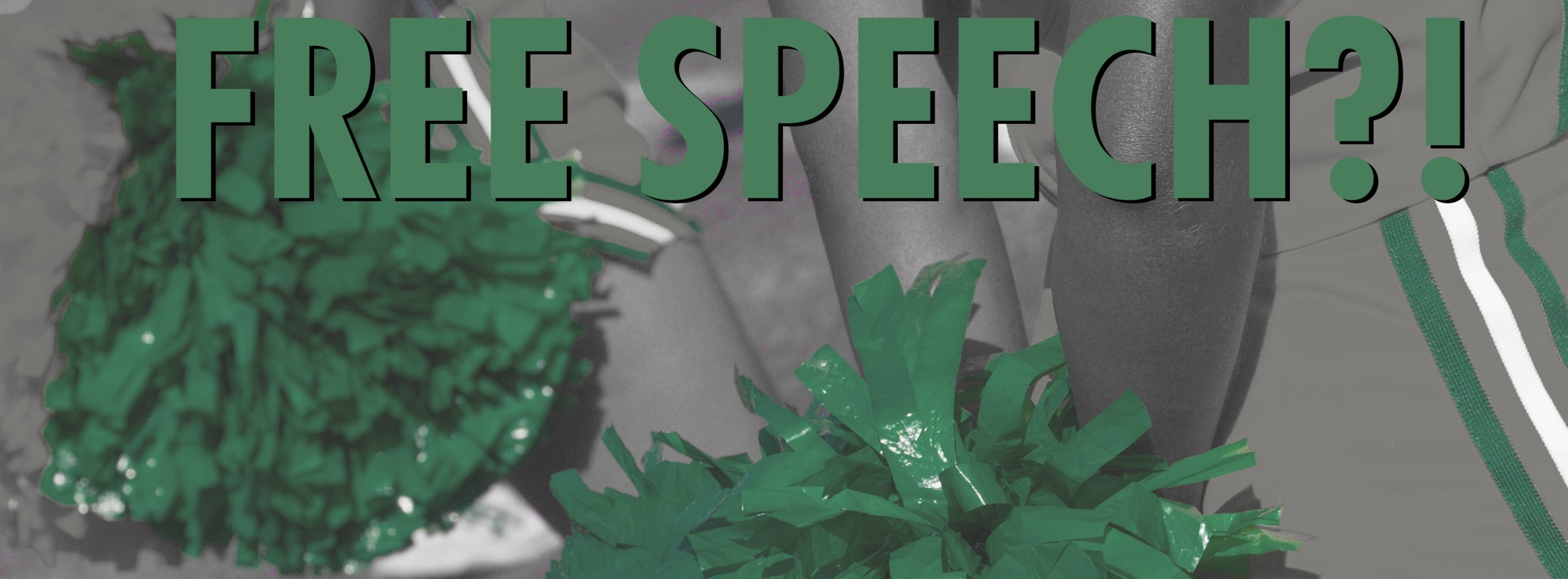President Trump’s first year in office was marked by a determined effort to curtail the regulatory power of federal agencies. This effort was largely accomplished by rescinding dozens of “guidance documents”—agency letters that offered interpretations of federal laws. These guidance documents often helped government entities and businesses seeking to understand how the law should be applied to real life situations. However, many of these documents arguably expanded the reach of the law, creating new and onerous obligations for states, cities, colleges, public schools, and businesses.
In late December, 2017, Attorney General Jeff Sessions withdrew 25 guidance documents related to disabilities and the Americans with Disabilities Act. A list of rescinded documents can be found here: https://www.justice.gov/opa/pr/attorney-general-jeff-sessions-rescinds-25-guidance-documents The most important document rescinded by the DOJ is probably the 1996 document “Statement of the Department of Justice on Application of the Integration Mandate of Title II of the Americans with Disabilities Act and Olmstead v. L.C. to State and Local Governments.” This document explained that government entities that maintained work programs for the disabled must integrate disabled employees with their non-disabled peers. While the DOJ was careful to state that rescinding the guidance did not alleviate government employers of their duties under the ADA, the rescinded document strongly suggested that government employers were required to provide additional training and education to disabled employees who would otherwise not qualify for a job so those individuals could achieve employment. Now that the guidance has been rescinded, there is likely no such requirement.
The DOJ also rescinded old guidance on Service Animals in Places of Business (https://www.ada.gov/archive/qasrvc.htm — please note the statement about withdrawal at the top of the page). The most important question in this guidance was question 3: “How can I tell if an animal is really a service animal and is not just a pet.” The answer to the question limited facilities to one question—“Is the animal required because of a disability?” However, the regulation’s actual language expands this to two questions: “Is the animal required because of a disability?” And “What work or task has the animal been trained to perform?” Because the old guidance is rescinded, and the regulation language still stands, places of public accommodations, including governmental entities, should feel more comfortable asking both questions. On an interesting note, miniature horses are still covered as possible service animals under the regulations if they can perform tasks related to the person’s disability.
While the rescission of these documents may not make earth shattering changes to the law, it is important for HR personnel, educators, and gatekeepers to places of public accommodation to only rely on guidance that has not been rescinded when making decisions related to the ADA. ARBH regularly advises governmental entities and private enterprises on the requirements imposed by the ADA, and will continue to post about this issue in the future.
Prepared by the offices of Richard Abernathy, this article should not be construed as legal advice related to any specific facts or circumstances. Although this article covers legal subjects, it is intended to educate readers and not to provide advice that will be the basis for action or inaction in any specific circumstance. Viewing these materials does not create an attorney-client relationship between Abernathy, Roeder, Boyd & Hullett, P.C. and the reader or the reader’s institution. For circumstance-specific legal advice, please directly contact a licensed attorney.








Leave A Comment